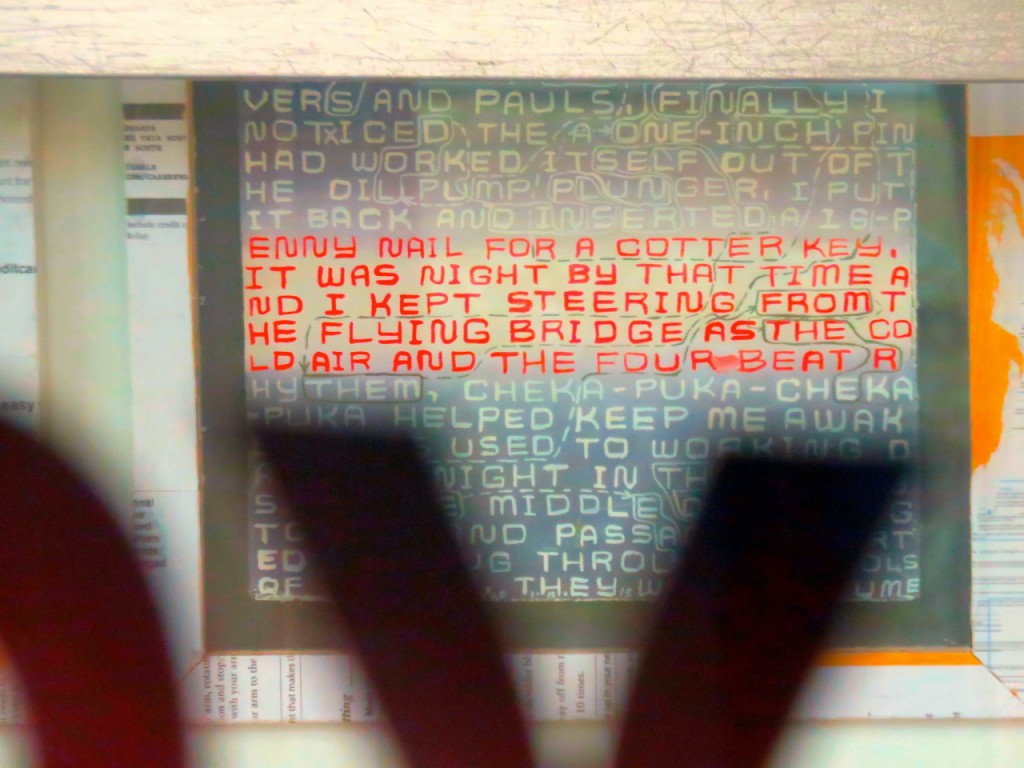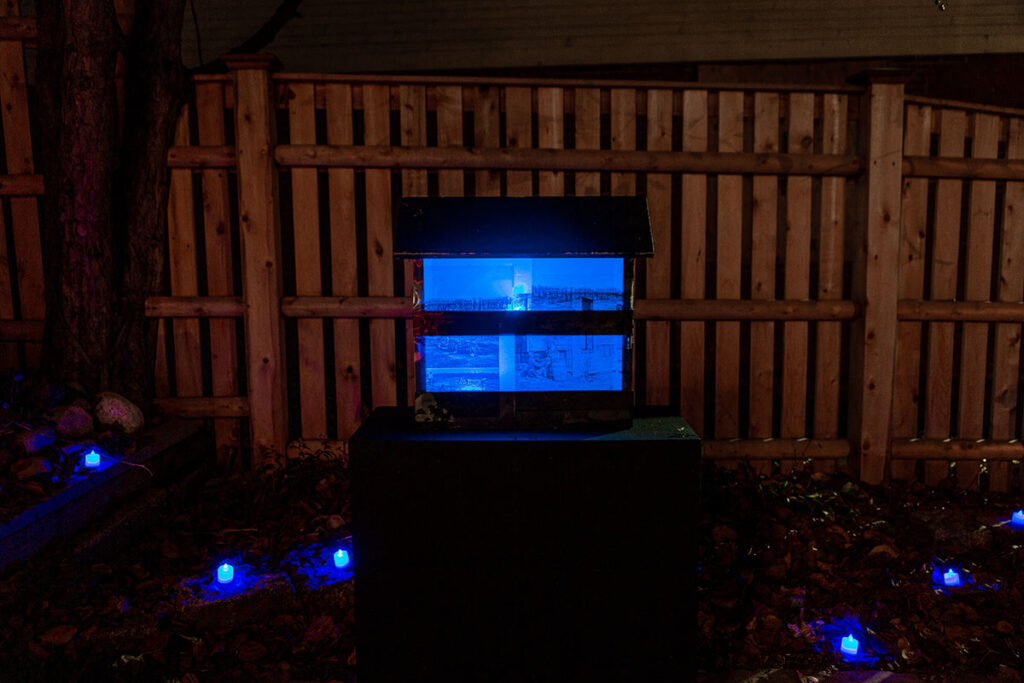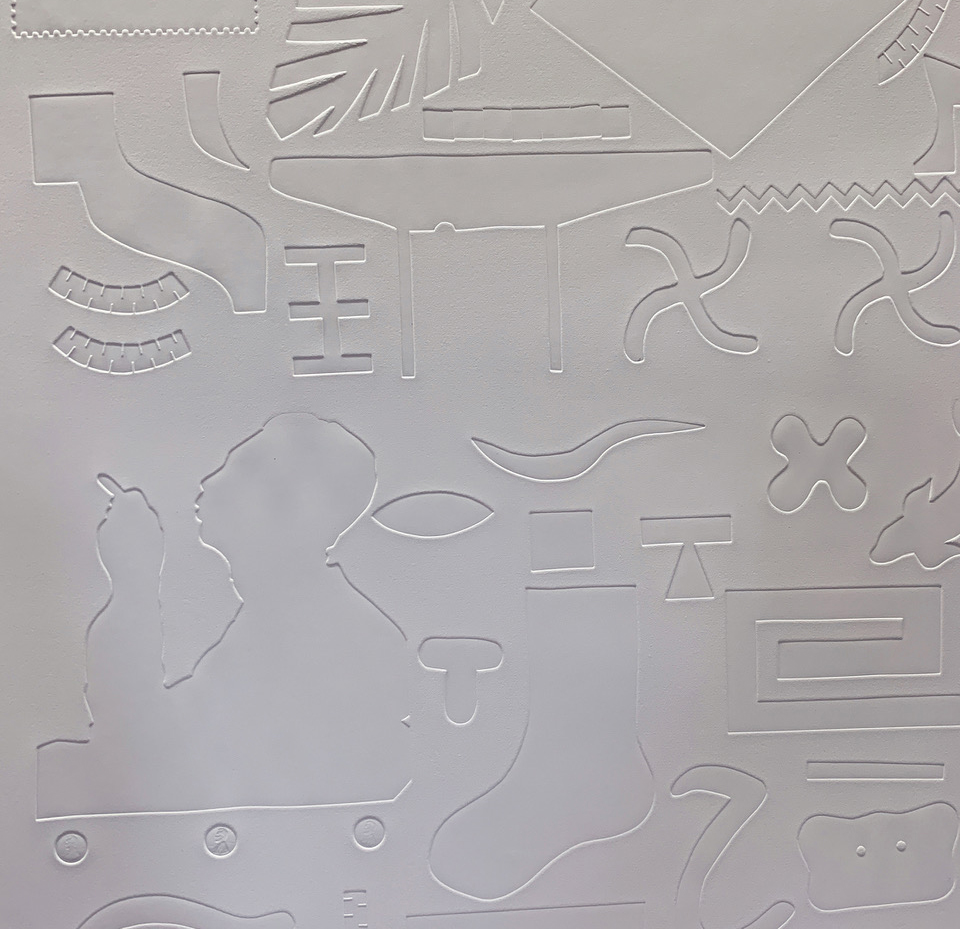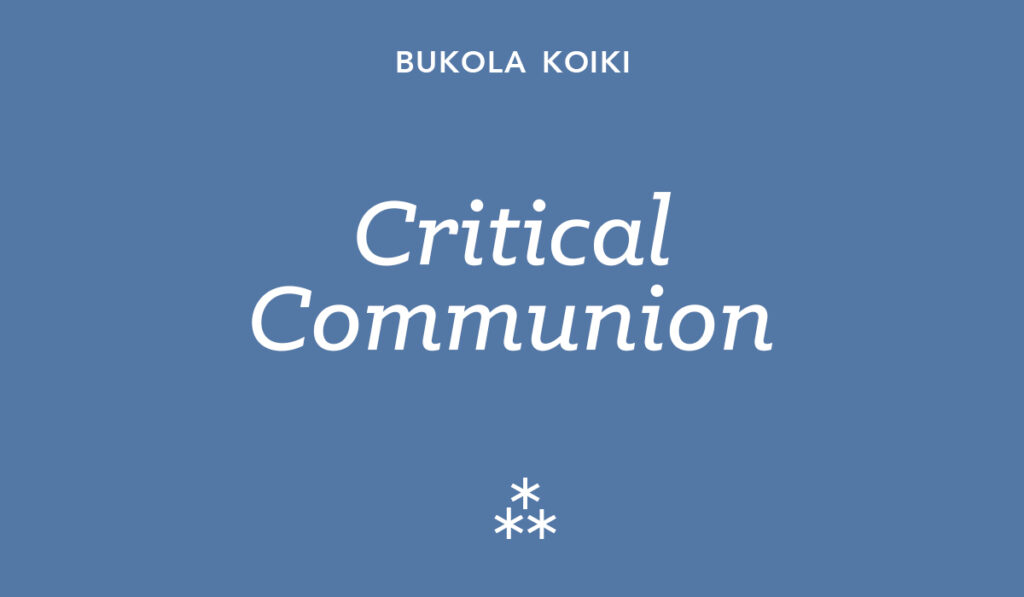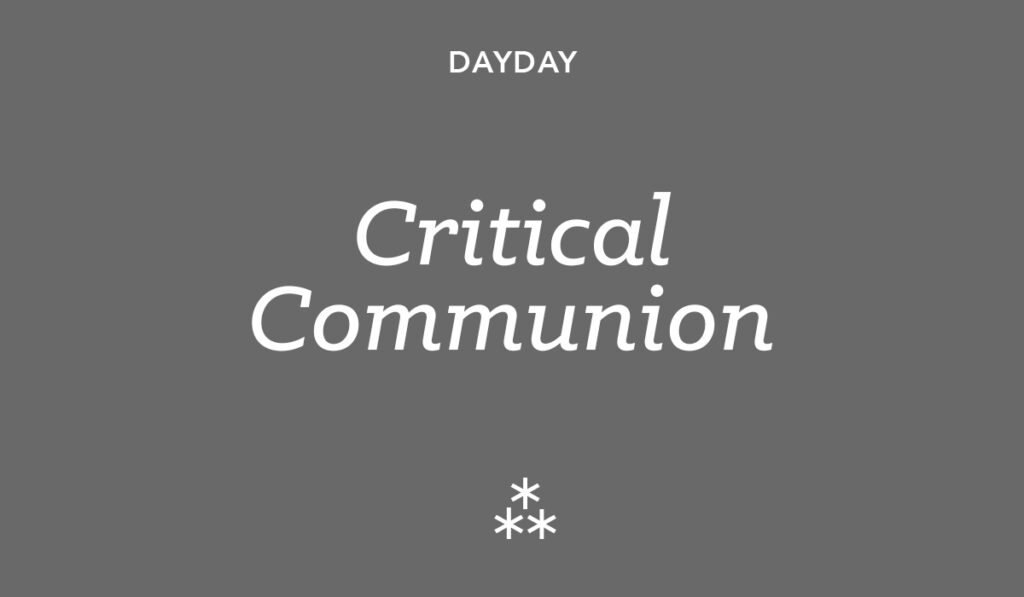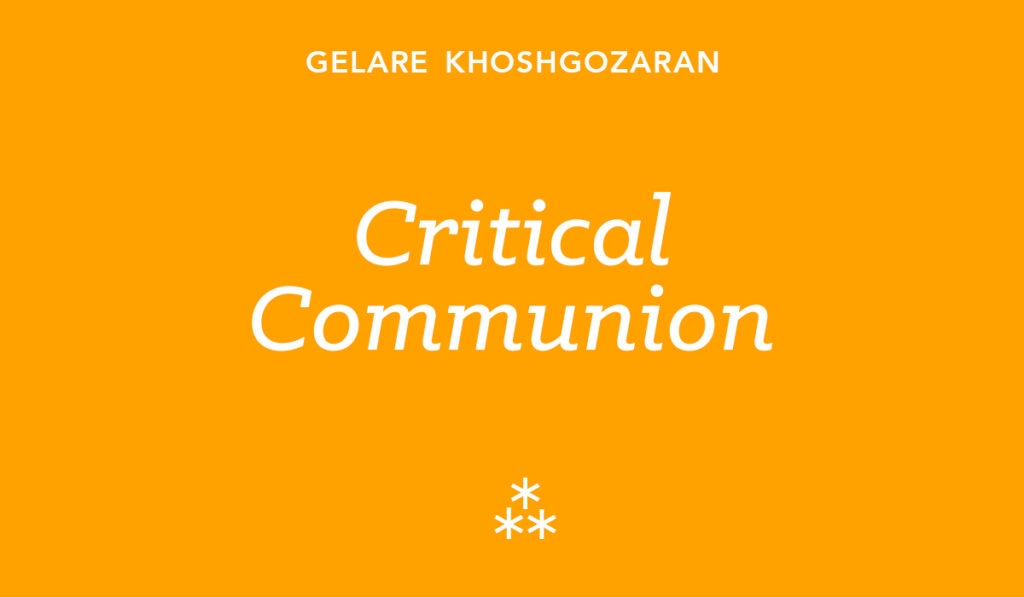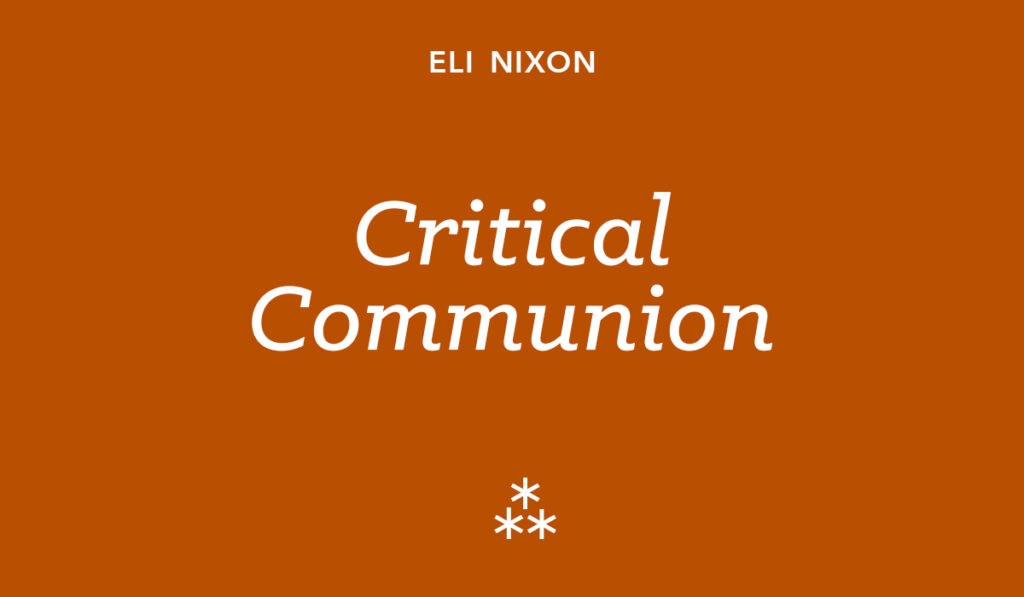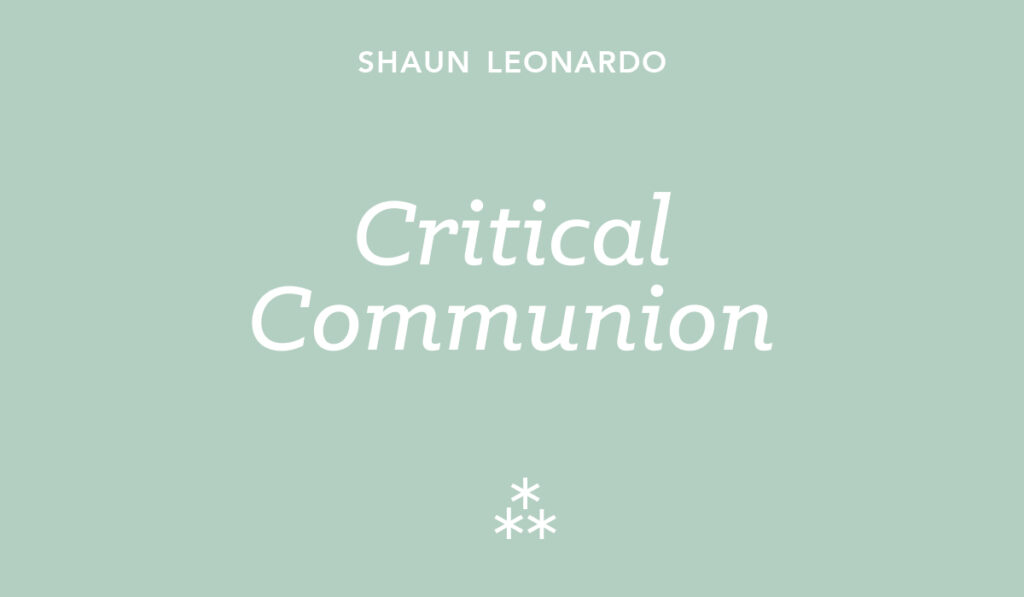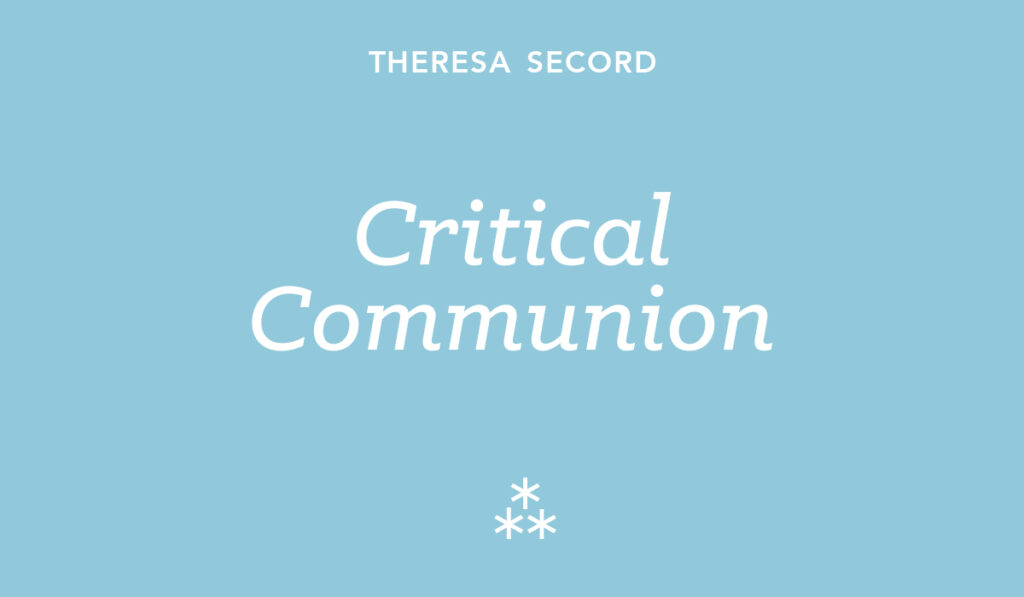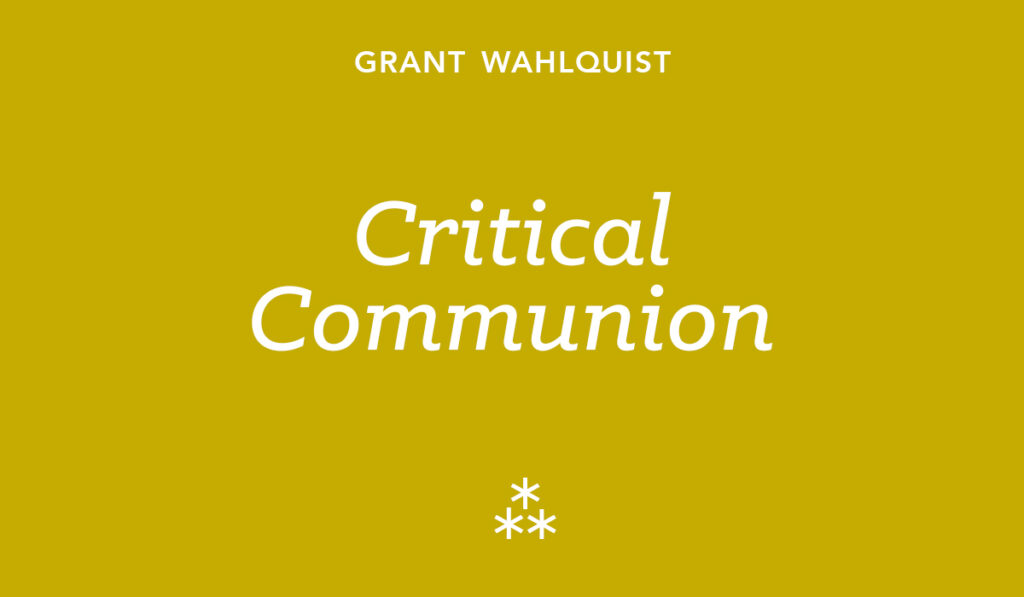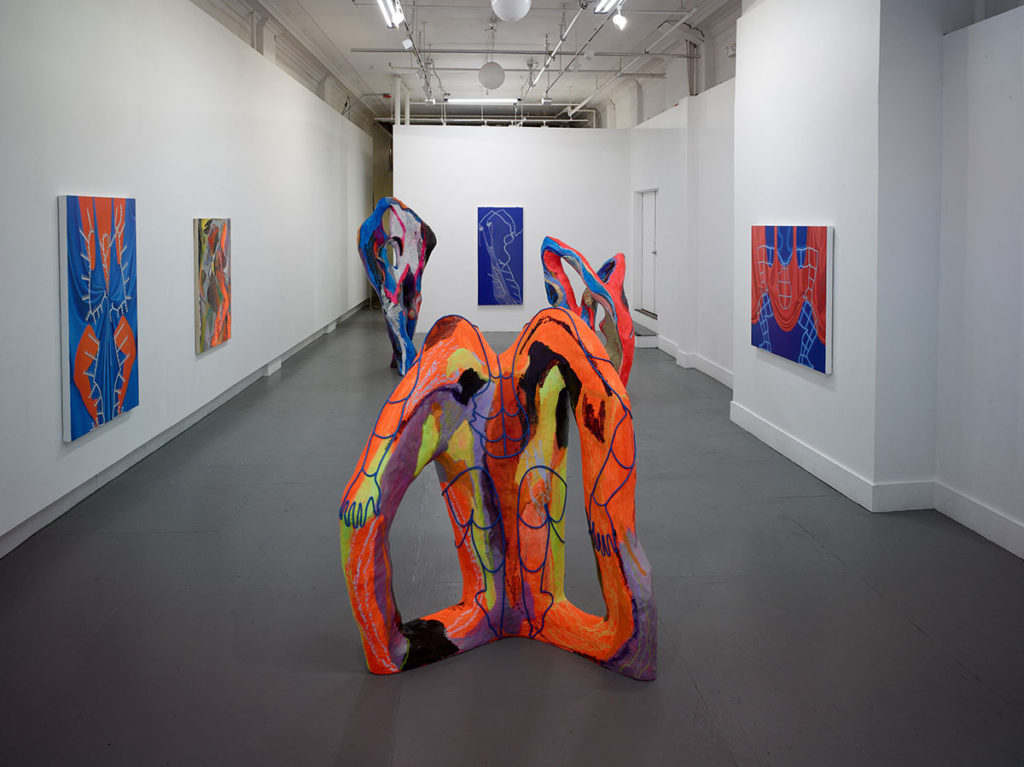by Jeffrey Ackerman
Master storyteller Vladimir Nabokov, in his essay on Don Quixote, warned: “Let us not try and reconcile the fiction of facts with the facts of fiction.” Despite that warning, I made the sixteen-hour drive from central Ohio to Kittery, Maine, to view Kenny Cole’s latest work, Flood: From Noah to Babel and Beyond at BUOY. My editors at the New Zembla Dispatch, intrigued by the press release, encouraged me to take the journey, at my own expense.
I spent three days in this charming seaside town and visited the gallery each afternoon, only to find the gallery closed. On my return, after relating this story to a colleague, she handed me a clipping found in a book on knots, purchased on her recent vacation in Maine. It was a review of Flood in Seasick Magazine, by a critic who was not deterred by being locked out of the gallery. I realized that it was a failure of imagination on my part that inhibited me from creating my own experience of this work, regardless how I viewed it, or how the artist or gallery intended to present it.
I have been recently informed by BUOY that their hours are from 5pm–9pm, Tuesday through Saturday, and had I come at those times I could have seen the show from inside the space as “it was meant to be seen”. Since I am now in Mongolia, covering the biennial at the Ulan Bator Museum of Contemporary Art (UBMOCA), I will submit the Seasick review in place of my own, so that my readers may virtually peer through those locked glass doors that stand between us and a fuller experience of the arts of our day.
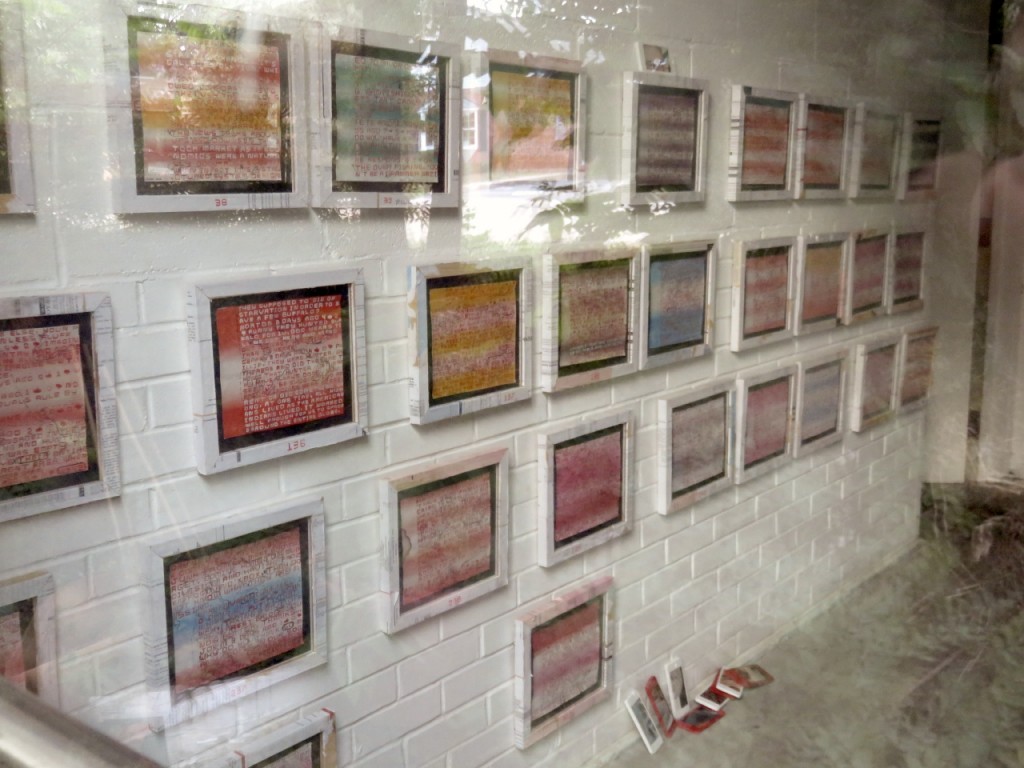
Seasick Magazine: hurricane season issue
Vico…Joyce. McLuhan…Cole.1
by Narciso Philostratus
Flood: From Noah to Babel and Beyond is an obsessive installation of more that 319 gouache drawings by artist Kenny Cole at BUOY in Kittery, Maine. The drawings are text pieces, painted words. The result is literally a flood of words, and I do mean “literally”, literally. The texts weave together, using no logical system, the Biblical text of the flood story and a 30,000-word comment stream, following a Yahoo! news article, about the vanishing Moken Sea Nomads of Southeast Asia.
My first visit to the show, on a mid-week afternoon, found the doors to the gallery locked and the space unattended. On several subsequent visits, all during standard gallery hours, I encountered the same conditions. On my fifth try, I decided to walk around the building and view the show through the windows, several of which were open, and through the locked glass doors. It suddenly struck me that this was how the show was meant to be viewed. Brilliant!
This unique presentation made the text impossible to read with the naked eye. Were they meant to be read? Our dilemma when facing text art is: do we read it all in order to fully comprehend it? Or do we enjoy it as a visual spectacle, sample some of the writing randomly, and come away with a general sense, an intuition, of what is going on? The sheer amount of writing in this piece helps to free the viewer from any sense of obligation to read it all; only a fool would attempt that. On my sixth visit, I brought a pair of binoculars so I could read it all.
Not knowing the correct order, I decided to begin facing east (like a Mediaeval Church or perhaps to face the Moken Sea Nomads) and read the pieces top to bottom and then clockwise around the room. It made no apparent sense. I then decided on a nonsensical order; south wall, sixth row in, third from top, proceed counter-clockwise, skipping every fifth row, then reversing direction to fill in what I missed. I confess that I may have missed some drawings and read some twice (or more) but it all began to fall into place.
The effect of the work, whether one reads its contents or not, is of an analogue for the current digital onslaught of information and the brick-like layout suggests our digital tower of Babel soaring beyond the digital clouds (the gallery is also littered with wood, dummy smart phones). It is a common trope to say we are bombarded by images but we are also flooded with an unstoppable stream of words, adding to the existing oceans of writing we will never have time to explore. Do we actually read the text of the Bible and attempt to make first hand sense of this mysterious document, at the creative center of Western culture, or do we float along on the 30,000-word comment stream, of half-formed thoughts tossed off in a rage by amateur thinkers, relating to an article we will soon forget? I suspect most of us will choose the latter, and I often do.
Flood brings to mind other mad, imaginative attempts in Western cultural history to comprehensively deal with the phenomena of language: Marshall McLuhan’s The Gutenberg Galaxy, James Joyce’s Finnegans Wake, and Giambattista Vico’s New Science.
The biblical flood figures prominently in Vico’s theory about language. Vico, the 18th century Neapolitan philosopher, was the Marshall McLuhan of the enlightenment age. In an age when science could be narrative, he tells a fantastic story about the evolution of culture, institutions and language, that illustrates how our current mode of language and thinking came to dominate human thought and letters. Vico begins his story after the flood in the age of giants, when our giant ancestors lived according to their animal nature. Lightning struck and the thunderclap of Zeus terrified these giants and in their terror they invented the laws of matrimony so that the lineage of their offspring would be known. As a result, the first families were created. It is from these families that civilization emerges. If this gross condensation makes this story sound a little ridiculous, the long form fills in some details but is far crazier. To Vico, the history of human society is cyclical but these recurrent cycles are divided into three phases of civilization each with their corresponding type of language; religious/hieroglyphic, mythic/poetic, and vulgar/analytic. Flood is an amalgam of all three.
Finnegans Wake was the result of Joyce’s obsession with Vico, and like the Wake, Flood is cyclical; one can start and stop anywhere, or not stop anywhere. One can also find it very satisfying to read both of these works piecemeal, re-read some parts and skip others, and plot a meandering path through the texts unique to the individual reader/viewer.
McLuhan, oft quoted and seldom read, was a Joyce scholar and many of his insights into media and language come from his careful reading of the Wake. In The Gutenberg Galaxy, McLuhan traces the history of media from spoken word, through manuscript and movable type, up to radio and television. He explores how each media affects the cognitive style and world-view of the ages they dominate and would have had much to say about the present day Internet. Though Flood seems to suggest the barrage of digital content of our present age, it is actually (literally) a throwback to the hand-painted manuscript. In fact the flood story survives in our culture, not only in movable type, printed books, but also written by hand in the Hebrew Torah, and in this form is read annually in the Sabbath service. This performance piece is a surviving relic of manuscript culture. Flood suggests it could also be read in this manner; say six panels every Saturday morning, over the course of a year.
All art is mimetic in some sense. In this way, Flood, the Wake, the works of Vico and McLuhan, the Torah, all resemble the world in scope and complexity. Few of us will make it through any of these works in their entirety, none through all. But like the world, these works contain in their parts, elements of the whole; patterns and forms of the macrocosm repeat in the microcosm. The parts we choose to scrutinize, contemplate and weave into our own streams of thought will become part of the microcosmic universe that we each create for ourselves. Each life is a sentence in some cosmic text or a knot in the cosmic tapestry.
Flood: From Noah to Babel and Beyond opened on July 10, 2015 and ran through September 5, 2015.
BUOY
2 Government Street, Kittery, Maine | buoygallery@gmail.com
www.kennycole.com/flood
- In reference to Beckett’s essay Dante…Bruno. Vico…Joyce. https://bibliot3ca.wordpress.com/dante-bruno-vico-joyce-by-samuel-beckett/ ↩
Jeffrey Ackerman is a painter and sculptor, living in Morrill, ME. His work, as well as some of his writing, can be found on his website: http://www.jeffreyackermanstudio.com

